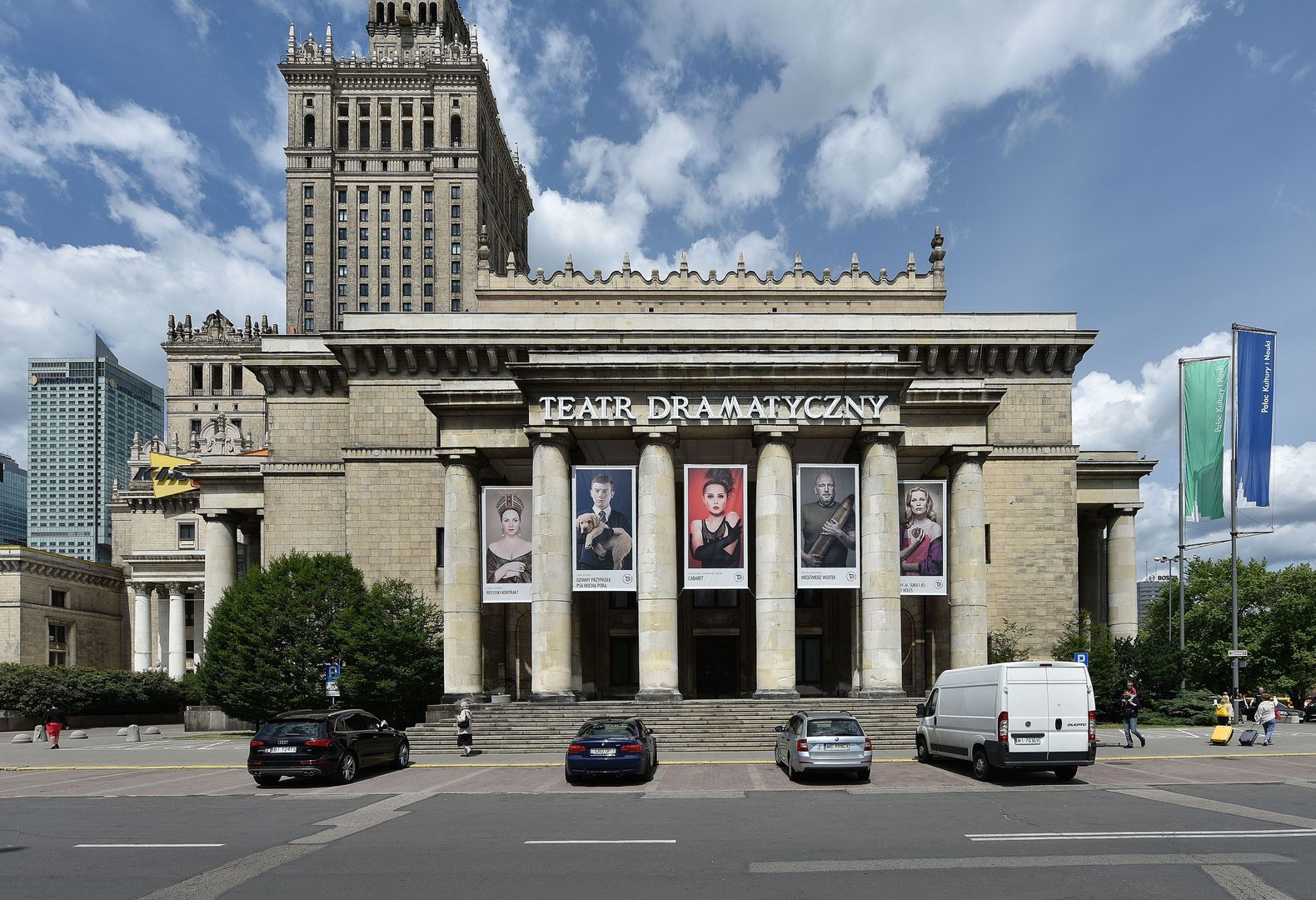Dramatic Theatre of the Capital City of Warsaw
6.78

Overview
The Gustaw Holoubek Dramatic Theatre in Warsaw, established in the 1950s, has a rich history dating back to its origins as the Theatre of the Polish Army House. In 1954, the theatre moved to a new venue in the Palace of Culture and Science, where it gained a larger stage and began a new era of operation. In 1957, it was renamed the Dramatic Theatre and gained renown by staging numerous premieres of plays by renowned authors such as Witold Gombrowicz and Sławomir Mrożek. In the following decades, under the leadership of directors like Gustaw Holoubek, the theatre became a venue for significant artistic and political events, including high-profile premieres that often reflected current events in Poland. Amid the political upheavals of the latter half of the 20th century, such as martial law, the theatre sought to address contemporary labor and social issues, while its financial and artistic situation fluctuated significantly, resulting in frequent changes in management. In the 1990s, the theatre not only introduced internationally acclaimed directors but also explored new theatrical forms, such as the musical "Metro." In the 21st century, after merging with neighboring stages, the theatre became a hub for innovative projects and programs, such as the Drama Laboratory, which promotes contemporary art. In 2018, the theatre was renamed the Gustaw Holoubek Dramatic Theatre, cementing its importance in Polish theatrical culture. It boasts three stages, including a large one in the Palace of Culture and Science and a smaller one named after Halina Mikołajska. A key event in the theatre’s calendar is the Warsaw Theatre Meetings, which promote domestic theatre and international artistic exchange. Thus, the Dramatic Theatre has a long and dynamic history and plays a vital role in Warsaw’s cultural landscape, serving as a venue for both established artists and innovative initiatives.
Location
Tickets
Powered by GetYourGuide
2025 Wizytor | All Rights Reserved